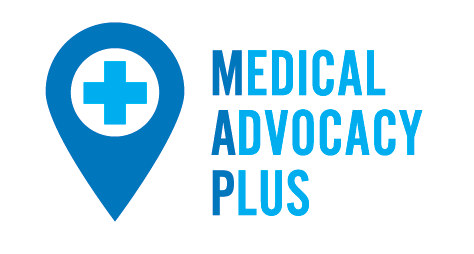16 Jan Do You Believe Your Health Is At Risk? Take A Sneak Peak How to Improve Patient Safety
Patient safety emerges as a paramount concern in the intricate tapestry of healthcare. Navigating the complexities of medication management, billing intricacies, medical records, and the abundance of health information requires a proactive approach. Enter the patient advocate—a guiding force that empowers individuals to understand and manage their health and identifies and addresses potential risks that might compromise their well-being.
Are you ready to learn about the vital role of patient advocates in mitigating risks and empowering health? Join me as we explore how patient advocates can make a real difference in improving healthcare outcomes for individuals and communities. Let’s dive in and discover the power of advocacy!
Medication Mastery: Taking Charge of Your Health
Rather than dwelling on the negative connotations of “errors,” let’s empower patients to master their medications. Patient advocates champion the cause of “medication mastery,” encouraging individuals to understand their prescriptions, ask questions, and actively engage with healthcare providers for clarification. By doing so, patients become active participants in their treatment plans, fostering a safer medication management process.
Billing Brilliance: Navigating Financial Health
The financial aspect of healthcare can be daunting, but patient advocates promote a mindset of “billing brilliance.” They guide patients in reviewing medical bills diligently, questioning discrepancies, and seeking assistance when needed. This proactive financial literacy ensures that your financial health aligns harmoniously with your physical well-being.
Record Reflections: Ensuring Accuracy in Medical Records
Medical records serve as the backbone of healthcare decisions. Instead of viewing discrepancies as “errors,” patient advocates advocate for “record reflections.” Regularly checking and updating medical records becomes an opportunity for patients to ensure accuracy, fostering a transparent and reliable portrayal of their health history.
Source Verification: Navigating the Sea of Information
In the information age, the emphasis is on “source verification.” Patient advocates stress the importance of consulting credible medical sources, cross-referencing information, and engaging in meaningful conversations with healthcare providers. By doing so, patients equip themselves with reliable knowledge to make informed decisions about their health.
Empowering Employee Well–Being
The Impact of Patient Advocacy in the Workplace. In the dynamic realm of employee benefits, including a patient advocate emerges as a powerful asset, fostering a holistic approach to well-being.
Beyond the Basics: Additional Risks Addressed by Advocates
Patient advocates go beyond the basics, identifying and mitigating various patient safety risks, including:
- Communication Gaps: Bridging misunderstandings between patients and healthcare providers.
- Treatment Coordination: Ensuring seamless collaboration in complex treatment plans.
- Informed Consent: Guiding patients through decisions with clear understanding.
- Diagnostic Accuracy: Advocating for accurate test results and interpretations.
- Hospital Acquired Infections (HAIs): Promoting infection prevention measures.
- Follow-Up Care and Monitoring: Reinforcing the importance of post-treatment care.
- Health Literacy: Enhancing understanding to prevent misunderstandings.
- Enhancing Productivity: Streamlining healthcare management through access to a patient advocate enables employees to focus on work, increasing productivity and reducing absenteeism.
The Power of Advocacy: Mr. X’s Transformative Journey
Now, let’s delve into the transformative power of patient advocacy through Mr. X’s story. Exhausted and unable to navigate the healthcare maze alone, Mr. X saw his health deteriorate. He was referred to several specialists with attempts to diagnose his ongoing health symptoms. Mr. X started missing appointments and fighting more symptoms. He was becoming a safety risk with medication adherence and noncompliance with the medical recommendations. He was unable to work or care for his children properly. The patient advocate emerged, facilitating communication, coordinating treatments, utilizing resources, and addressing potential risks. The patient advocate developed a plan to tackle his health. This collaboration empowered Mr. X to reclaim control over his well-being, return to work safely, and care for his family.
Patient advocates stand as vigilant allies in pursuing safer and more patient-centered healthcare. By fostering empowerment, communication, and proactive engagement, advocates contribute significantly to a healthcare landscape where individuals can navigate the system with confidence and well-being.

